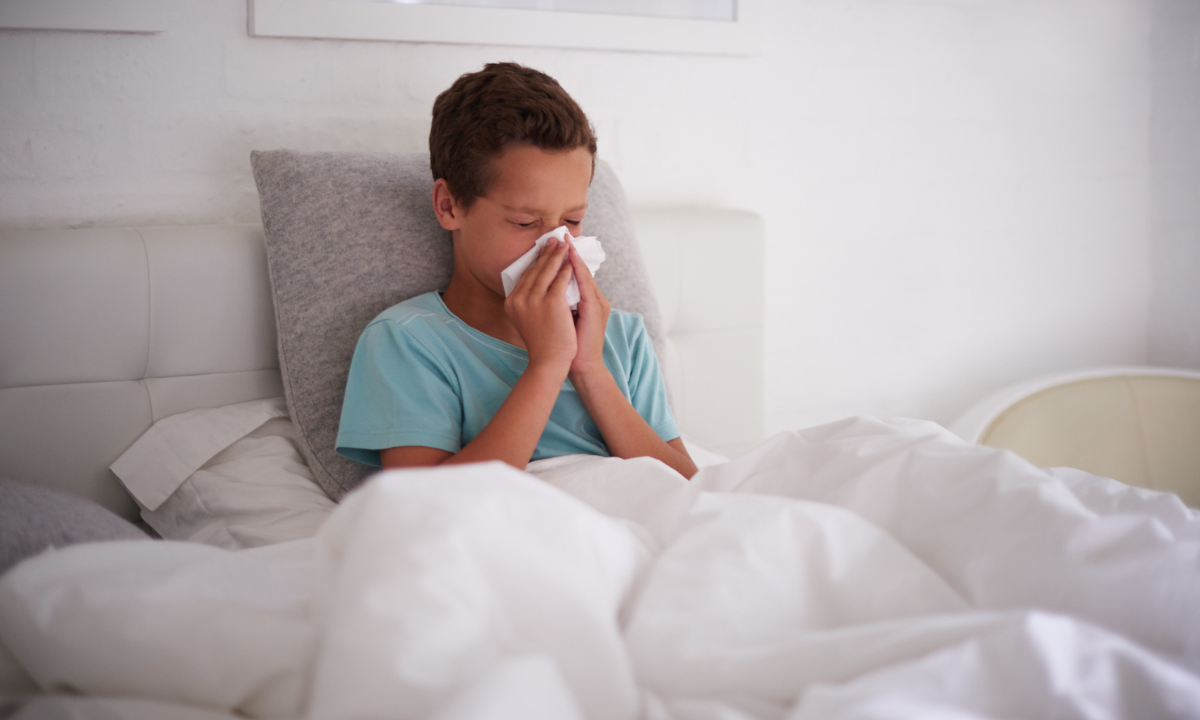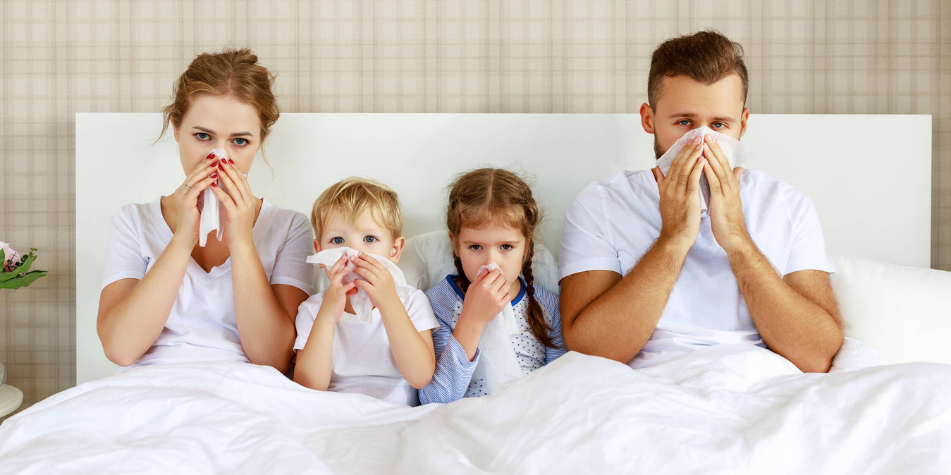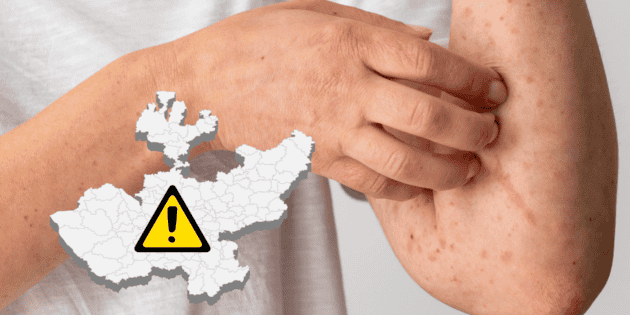The most common respiratory infections that you should watch out for in your children

While costumes, candy, and laughter fill the streets every October 31st, health experts remind us that respiratory infections can cause problems during Halloween, just as they do throughout the year. Behind the fun, viruses are also circulating and pose a risk, especially to children under five.
According to the National Institute of Health (INS), Acute Respiratory Infection (ARI) remains among the top ten causes of death in the general population and is one of the top three in children under five. Although most cases are mild—like the common cold—in some instances they can progress to serious complications such as pneumonia.
According to the INS epidemiological bulletin, as of week 41 of 2025, 344 deaths from acute respiratory infections (ARIs) have been recorded in children under five years of age, with notable increases in Antioquia (36 cases), Chocó (31), and Cundinamarca (16). In 95% of cases, the cause is viruses that are easily transmitted in enclosed or poorly ventilated environments, a common situation during the rainy season and holidays.

Experts warn of the need to strengthen prevention measures in the face of the second respiratory peak of the year. Photo: iStock
Dr. Juan Pablo Rojas Hernández, a pediatric infectious disease specialist and master in epidemiology, explains that three viruses are the leading causes of respiratory infections in Colombian children:
- Respiratory Syncytial Virus (RSV): the leading cause of bronchiolitis and pneumonia in infants. Symptoms include cough, runny nose, fever, rapid breathing, chest retractions, and feeding difficulties.
- Influenza: It manifests with high fever, sore throat, cough, general malaise, and weakness. In some cases, it can lead to pneumonia.
- Rhinovirus, adenovirus and parainfluenza: cause common colds and bronchiolitis; some can trigger asthma attacks.
The specialist points out that detecting warning signs early can make the difference between a quick recovery and a serious complication. Parents and caregivers should seek medical attention if the child experiences rapid or labored breathing, rib retractions, persistent fever, refusal to eat or drink, excessive drowsiness, bluish skin, or seizures.

The National Institute of Health reports an increase in cases in Antioquia, Chocó, and Cundinamarca. Photo: iStock
With the arrival of the second peak of respiratory infections and the climatic phenomena that increase the circulation of viruses, Dr. Rojas insists on strengthening the prevention and surveillance measures recommended by the National Institute of Health.
The main strategies include:
- Constant monitoring: strengthen epidemiological surveillance to detect unusual behaviors and act promptly.
- Risk communication: promote clear messages about hand washing, cough etiquette, ventilation of spaces, use of face masks and isolation in case of symptoms.
- Community education: teaching families to recognize warning signs and implement basic care at home, especially for children under five, older adults, and people with chronic illnesses.
- Vaccination: strengthening immunization as a key tool to prevent complications.
Rojas also points out that new preventative strategies against Respiratory Syncytial Virus (RSV) are already in place, such as maternal vaccination during pregnancy. “Respiratory infections in children can be prevented with simple habits and up-to-date vaccinations. If your baby is breathing rapidly, has retractions (sinking in of ribs), or is feeding poorly, consult a doctor immediately,” the specialist emphasizes.
Halloween without health scares The experts' warning also extends to caution during Halloween celebrations. Although it's a festive occasion, the use of costumes, makeup, or masks can cause allergic reactions or breathing difficulties if precautions aren't taken.
The recommendations include checking the materials of the costumes to avoid irritating substances, discarding products with latex if the child is allergic, and moisturizing the skin before applying paints or makeup, always using dermatologically tested products.

While costumes mark the celebration, respiratory infections remain a latent threat. Photo: iStock
“Taking care of the small details can prevent the only scare this Halloween from being the costume,” concludes Dr. Rojas. In a country where respiratory infections remain a constant threat, prevention and timely care continue to be the best defense against the viruses that test the health of young Colombians every year.
Environment and Health Journalist
eltiempo




